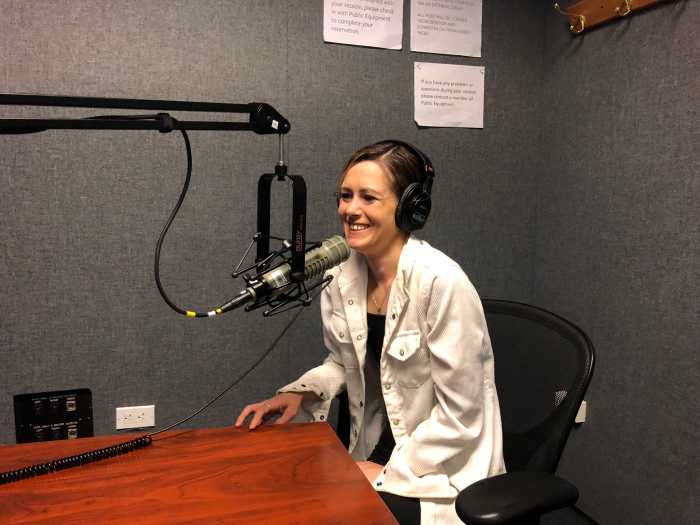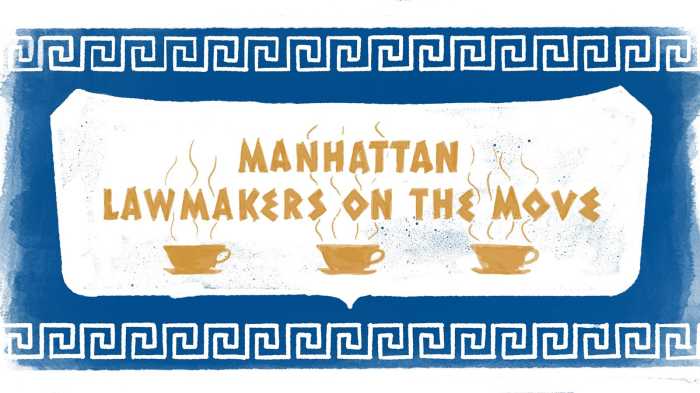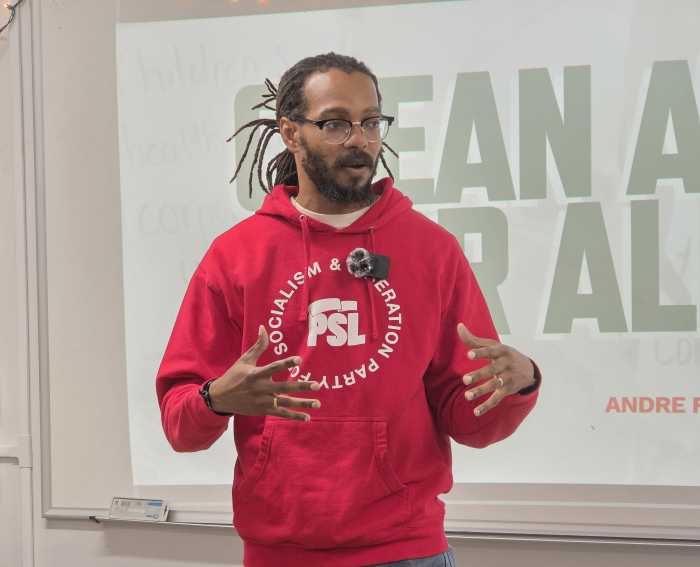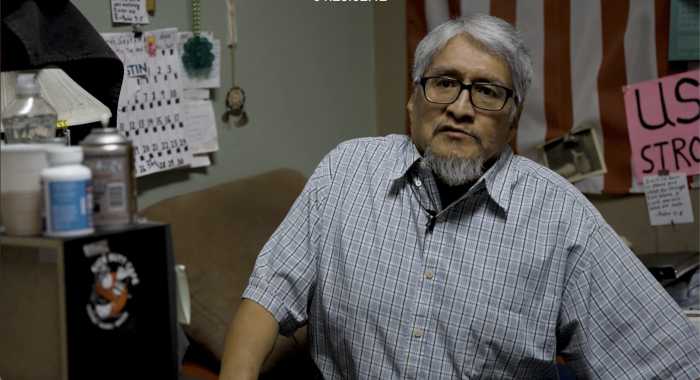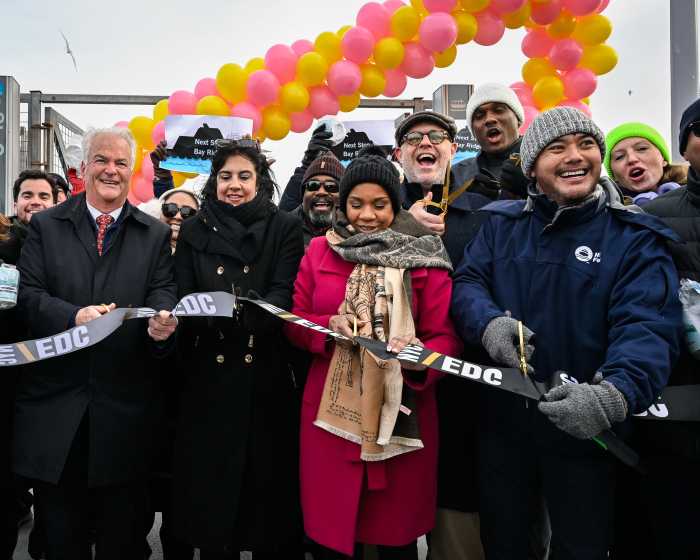PA Williams, Rodriguez Rally In Support of ‘Small Business Jobs Survival Act’


Public Advocate Jumaane Williams alongside City Council member Ydanis Rodriguez (D-Washington Heights, Inwood) today will rally together support the Small Business Jobs Survival Act (SBJSA) before the New York City Council.
The measure was first introduced in 1986 by then-City Council member Ruth Messinger, but it never came to a vote. The legislation aims to protect small businesses against massive rent hikes, also known as “commercial rent control.”
The rally comes at the close of May, which is National Small Business Month. Most recently, Manhattan Borough President Gale Brewer called on the City Council to pass Intro No 1472-A, a bill that would require owners to report the vacancy status of their storefront properties and establish an open database for vacancies, in an effort to track the closure of small businesses.
The event is slated for 11 a.m., Thursday, May 30, on the Steps of City Hall in Lower Manhattan.
MAHN Lawmakers Applaud City Preparations To Expand School-Zone Speed Camera Program

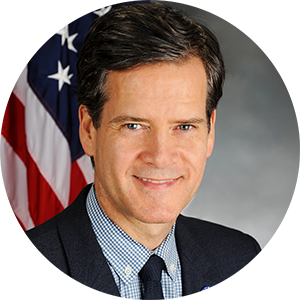
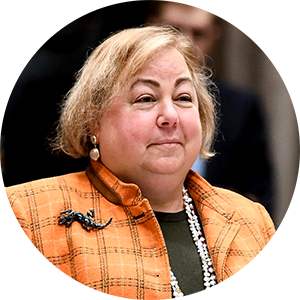
City Council member Ydanis Rodriguez (D-Washington Heights, Inwood), Chair of the Committee on Transportation, State Senators Brad Hoylman (D-Clinton/Hell’s Kitchen, Chelsea, Greenwich Village, UWS, Midtown/East Midtown, Columbus Circle, Times Square, Stuyvesant Town-Peter Cooper Village, the East Village, LES), Liz Krueger (D-Upper East Side, Lenox Hill) and Robert Jackson (D-Upper Manhattan) alongside Assembly member Linda Rosenthal (D-UWS, Clinton/Hell’s Kitchen) on Friday lauded Mayor Bill de Blasio’s announcement on Friday the city was making extensive preparations for the dramatic expansion of its school-zone speed camera program.
When the new state law takes effect on Thursday, July 11, the cameras’ total hours and days of operation will double – including by for the first time protecting children and senior pedestrians on summer weekdays and evenings. The new law expands the maximum number of school zones from 140 to 750. The new law now sunsets in June of 2022 and requires annual progress reports to the legislature. Other major changes to the law include:
Doubling Speed Camera Hours: Speed cameras will now operate year-round on all weekdays between 6am until 10pm, including summer and school vacations. Previously, cameras’ hours were variable, and they could only operate during a given school’s active hours. DOT estimates that the law’s expansion will on its first day double the overall number of hours when speed cameras can issue summonses.
Extending Camera Zones: Cameras’ maximum distance from schools was expanded to a ¼ mile radius from a school, rather than the previous restriction that the camera be no more than a ¼ mile of a school along an abutting street.
In coming months, new cameras will be installed on other high-crash corridors across the five boroughs, including along 1st Avenue in Manhattan, Flatbush Avenue in Brooklyn, Hylan Boulevard on Staten Island, Northern Boulevard in Queens and Grand Concourse in the Bronx. Fines for speed-camera violations remain unchanged at $50, issued to those who exceed posted speed limits by more than 10 MPH. The notices of liability are issued by DOT via mail to the registrant of the vehicle – and are adjudicated at the New York City Department of Finance.
“It is the responsibility of the city and the state to ensure that our children are safe from irresponsible drivers while on their way to school. These speed cameras will make the message clear that our children’s safety comes first, and the drivers must obey the speed limit,” said Rodriguez.
“It’s straightforward: School zone speed cameras save lives. Parents across New York like me can rest a little easier now that the State Senate broke a five-year stalemate by Republicans and dramatically expanded our speed camera program in school zones. Today, Mayor De Blasio is taking the next crucial step to protect our kids by getting these cameras into operation” said Hoylman.
“When parents send their kids off to school, they shouldn’t have to worry about whether or not they’ll get there safely. Speed cameras significantly reduce speeding in the areas where they are deployed, saving kids’ lives and keeping all New Yorker’s safer,” said Krueger.


“I’m very excited to see New York City moving so quickly on this issue after my colleagues in the state legislature and I voted to expand the school-zone speed camera program. The installation of these additional cameras in school zones across the city will help keep our kids – and their parents and school staff – safer. Let’s slow down for school time!” said Jackson.
“Speed cameras save lives, and more cameras operating for longer hours will save more lives. The safety of our students should never be up for debate, and today everyone can breathe a little easier because the streets are a little safer for all New Yorkers,” said Rosenthal.
Nadler Demands DHS Investigation Into Child Migrant Deaths
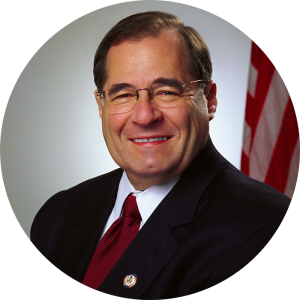
House Judiciary Chairman Jerrold Nadler (D-Morningside Heights, Midtown) last week alongside Subcommittee on Immigration and Citizenship Chair Zoe Lofgren (D-CA), Immigration and Citizenship Vice Chair Pramila Jayapal (D-WA), and House Judiciary Vice Chair Mary Gay Scanlon (D-PA) demanded last week a Department of Homeland Security Investigation into child the deaths of migrant children in U.S. Customs and Border Protection (CBP) custody.
The coalition of lawmakers in a letter to top DHS officials called for an immediate investigation into the death of five migrant children in CBP’s custody over the last 6 months. The letter also requests a briefing be provided to Committee Members as soon as they return from the Memorial Day recess to inform them on the conditions in CBP’s short-term holding facilities, the length of time children are held in such facilities, and the general suitability of such facilities for families and children.
According to information released by CBP to the Committee and the media, the most recent child to die in CBP custody was 16 year-old Carlos Gregorio Hernandez Vásquez. Carlos was apprehended crossing the border on May 13, 2019, and detained in CBP custody for seven days despite agency rules requiring children to be transferred to Health and Human Services custody within 72 hours. After being in custody for six days, Carlos said he felt ill and was treated with Tamiflu. However, on the seventh day in custody he was found unresponsive during a welfare check, according to the lawmakers.
“Due to the seriousness of this tragedy and the many questions that remain, we request you initiate an investigation into this incident, as well as the four other deaths in CBP custody over the last few months. The investigation should assess CBP policies or practices, training curricula, staffing, and potential systemwide errors that may have contributed to the children’s deaths. The investigation should also identify policies and practices designed to protect health and safety and whether they were employed, as well as policies and practices that may be unnecessarily exposing children and families to particularly harsh terrain,” read the joint letter.
“The investigation should also examine the appropriateness of holding children in Border Patrol stations, which were designed to hold adults, and not children, for no more than 72 hours. In December, you appeared before the Senate Judiciary Committee, where you testified that CBP’s short-term holding cells are “incompatible” with increased migration of family units and unaccompanied children. You added that “[o]ur Border Patrol stations were built decades ago to handle mostly male single adults in custody, not families and children,” continued the joint letter.



